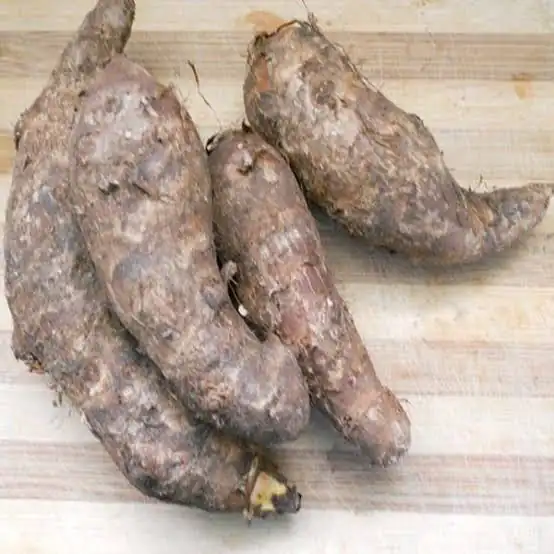Join Our Newsletter
Sed porttitor lectus nibh. Curabitur arcu erat, accumsan id imperdiet et, porttitor at sem. Curabitur aliquet quam id dui posuere.

Chembu is a tropical plant commonly known as taro or colocasia, and is widely cultivated in India and other parts of Southeast Asia. It is characterized by its large, heart-shaped leaves and a starchy, underground corm that is used for food.
The corm of the chembu plant has a brown, hairy exterior and a white, starchy interior that is a staple food in many parts of the world. It is typically boiled or roasted and used in a variety of dishes, such as curries, stews, and soups. The corm can also be sliced and fried to make chips, or ground into a flour for baking.
Chembu is a good source of nutrients, including fiber, potassium, magnesium, and vitamins C and B6. It is also low in fat and calories, making it a healthy addition to a balanced diet.
However, it should be noted that the leaves and stem of the chembu plant contain a natural toxin called calcium oxalate, which can cause irritation and discomfort in the mouth and throat if not properly prepared. Therefore, it is important to cook the plant thoroughly before consumption.
Overall, chembu is a versatile and nutritious plant that is used in a variety of culinary traditions around the world. Whether boiled, roasted, fried, or ground into flour, chembu is a delicious and healthy addition to any meal.
| Farmer | Philip Chacko |
| Category | Vegetables |
Leverage agile frameworks to provide a robust synopsis for high level overviews. Iterative approaches to corporate strategy foster collaborative thinking to further the overall value proposition.
Leverage agile frameworks to provide a robust synopsis for high level overviews. Iterative approaches